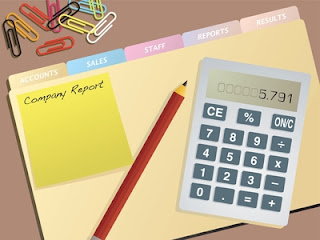Help with personal finance, business or creating a budget! Learn to invest money and get trusted info on debt consolidation, mutual fund...
Friday, May 27, 2011
How to Read a Profit and Loss Statement
Monitoring the financial situation of your business is important. Knowing how to read a profit and loss (P&L) statement gives you one more tool to use in watching and maintaining the financial health of your business. It measures the financial activity of your business for a specific time frame. A P&L can be run monthly, quarterly or yearly.
Instructions
1. Revenue is the business income. This is income received for the product or service the business sells to others. When completing the P&L, the revenue shown is the amount of income minus any returns or refunds issued.
2. Cost of Goods Sold (COGS) are costs related to selling the product or service.
3. Gross profit is the amount of money your business has left after deducting the cost of goods sold from the revenue. This lets you know what your initial profit is before regular expenses and taxes are deducted.
4. Operating expenses are the costs associated with operating your business. These are usually fixed, monthly amounts, such as rent, utilities and wages.
5. Deduct operating expenses from gross profit and the result is operating profit.
6. Other income/expenses are the sum of other income minus other expenses. Other income is income for sources other than the usual ones, such as income from the sale of used business equipment. Other expenses might include interest paid on a business loan.
7. Net profit before taxes is calculated by adding operating profit and other income. If other expenses are greater than other income, you'll have a negative amount. This will be deducted from operating profit. This tells you where your business stands financially before taxes are deducted.
8. To calculate net profit after taxes, subtract taxes from net profit. This is the final tally in the financial health of your business. This should be a positive number. This figure tells you how much money your business has left after paying the bills and taxes.
Labels:
Business,
Running-a-Business
Subscribe to:
Post Comments (Atom)

No comments:
Post a Comment